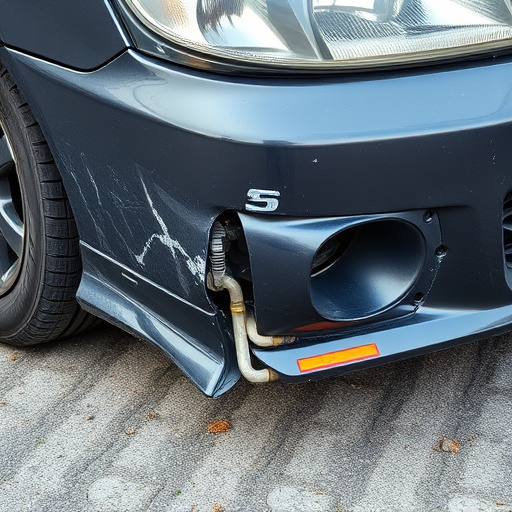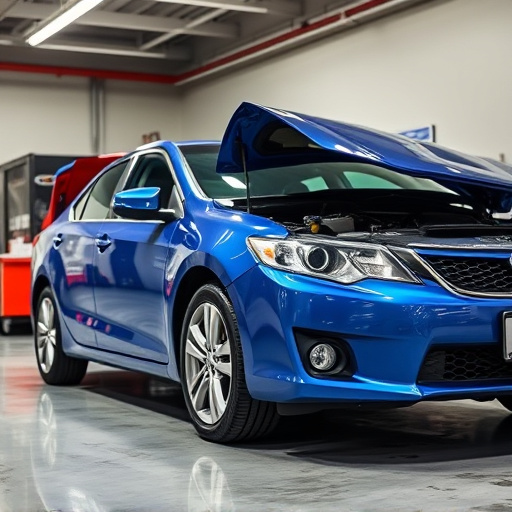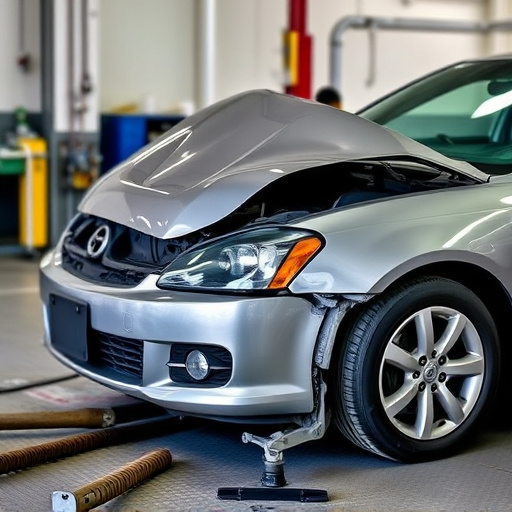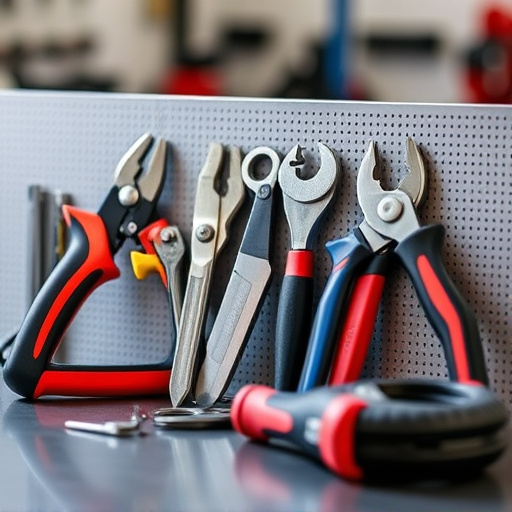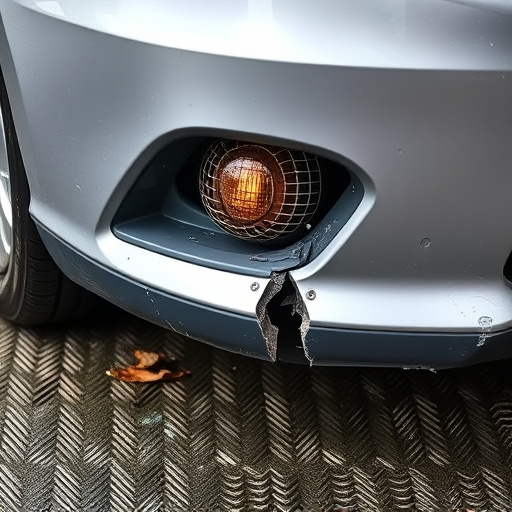Adopting environmentally safe repair methods in vehicle services minimizes worker exposure to harmful chemicals, improves air quality, and promotes a healthier work environment. By switching to eco-friendly alternatives like water-based paints and green cleaning agents, businesses foster sustainability and enhance worker safety, reducing health risks and boosting job satisfaction, ultimately contributing to a robust proactive safety culture.
In today’s eco-conscious world, transitioning to environmentally safe repair practices isn’t just beneficial for preserving our planet; it significantly enhances worker health and safety. This article explores how adopting green repair methods reduces hazard exposure, leading to improved air quality and safer work environments. We’ll delve into the long-term impact on safety culture, showcasing why this approach is a game-changer for industries committed to sustainability and worker welfare.
- Reducing Hazard Exposure: Green Repair Methods
- Improved Air Quality: Benefits for Workers' Health
- Safer Workspaces: Long-Term Impact on Safety Culture
Reducing Hazard Exposure: Green Repair Methods

By adopting environmentally safe repair methods, vehicle repair services can significantly reduce hazard exposure for workers. Traditional repair techniques often involve the use of harmful chemicals and toxic substances that can pose serious health risks over time. These include fumes from paint booth operations, solvents used in degreasing processes, and even asbestos in older car parts. Green repair methods, on the other hand, prioritize eco-friendly alternatives to minimize these dangers. For instance, using water-based paints and environmentally friendly cleaning agents ensures that workers breathe in fewer noxious fumes.
In addition, green repair practices often involve innovative techniques like frame straightening without harmful chemicals or excessive heat, opting instead for advanced tools and methods that promote safer working conditions. Similarly, fender repair can be accomplished with reduced waste and minimal exposure to toxic materials, contributing to a healthier work environment. These strategies not only benefit the environment but also foster a workplace culture that values worker health and safety above all else.
Improved Air Quality: Benefits for Workers' Health

In the realm of vehicle repair services, adopting environmentally safe practices offers a myriad of advantages, with worker health and safety being at the forefront. When traditional methods are replaced with eco-friendly alternatives, it significantly improves air quality within workshops and garages. This shift is particularly beneficial for workers who spend lengthy hours in these spaces, as they are now exposed to fewer harmful chemicals and pollutants.
For instance, in a collision repair shop, the use of water-based paints and low-VOC (Volatile Organic Compound) products can dramatically reduce toxic fumes. This improved air quality not only minimizes the risk of respiratory issues but also contributes to overall well-being. Workers can breathe easier, leading to higher productivity and job satisfaction. Additionally, these green initiatives ensure that employees are protected from potentially dangerous substances commonly found in conventional vehicle repair processes, fostering a safer work environment.
Safer Workspaces: Long-Term Impact on Safety Culture

When auto body services adopt environmentally safe repair practices, it sets the tone for a safer and healthier work environment. By prioritizing sustainability, these businesses create a culture where worker safety is not just a priority but an integral part of their operations. This shift has significant long-term effects on the overall safety culture within the organization.
Implementing eco-friendly methods reduces exposure to harmful chemicals and substances commonly used in traditional auto maintenance and vehicle bodywork. As a result, workers are less likely to suffer from respiratory issues, skin irritation, or other health complications associated with these materials. This not only improves individual well-being but also fosters a sense of collective responsibility among employees, encouraging them to actively participate in safety initiatives. Moreover, environmentally safe repair practices often lead to improved working conditions, enhanced job satisfaction, and a reduced risk of accidents, ultimately contributing to a more robust and proactive safety culture.
By adopting environmentally safe repair practices, companies can significantly enhance worker health and safety. Reducing hazard exposure through green repair methods, improving air quality, and fostering a safer workspace all contribute to a positive safety culture. These measures not only protect workers from immediate risks but also have long-term benefits, ensuring a healthier and more productive work environment. Environmental responsibility and worker well-being go hand in hand, making environmentally safe repair an indispensable strategy for any forward-thinking organization.



